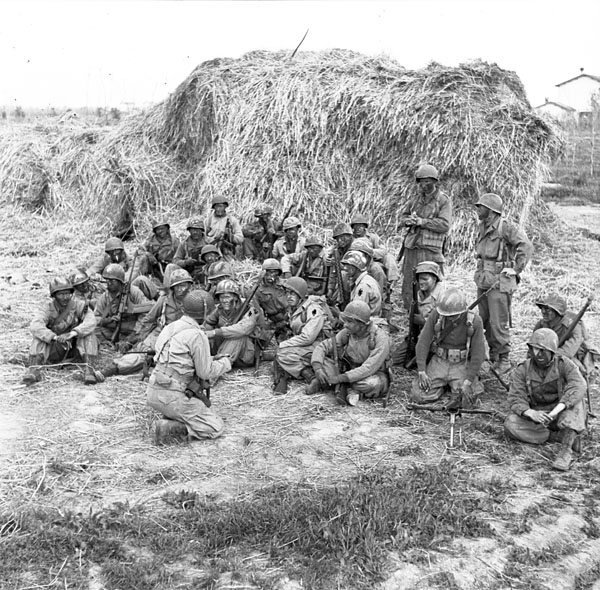Now 91 years old, Harry Wilks, a World War Two hero has been telling his story of being a part of the First Special Service Force, an elite US/Canadian commando group, thought to be the 1940s equivalent of the Green Berets or Navy Seals.
Harry recalls how when they were on night patrol they would darken their faces with black shoe polish and got themselves the name of the Devil’s Brigade.
The group was responsible for accessing remote mountain locations in Italy as Allied troops made their way north through the occupied country. They also secured several islands off the coast of France so that the Nazis would not be able to invade from the south.
The First Special Service Force Association, which was established after World War Two for veterans, says that the unit always had to undertake demanding training and preparation before they went out on missions.
The soldiers would be ultra-fit, be specially trained in mountaineering, as well as having expert knowledge in explosives and ammunition. They would be agile, skilled, well-armed and execute excellent tactical manoeuvres.
Around 2000 soldiers were in the Devil’s Brigade, and almost a quarter of them were killed in action.
However historians say that for every Devil’s Brigade member who lost their life, around 25 enemy soldiers would have been killed. The group also captured and imprisoned huge numbers of Nazi troops.
Harry Wilks remains to this day humble about his actions during the war, but was proud to see the Brigade be honored with the Congressional Gold Medal recently, which is the highest civilian honor that can be awarded by the US government.
Veterans who were unable to attend the medal award ceremony, including Harry, were presented with replica medals at their respective homes.
Harry said that he had been waiting 70 years, and wasn’t sure if he’d last long enough to get a medal.
There are now only around 40 surviving members of the Brigade from Canada.
Harry had originally joined the Canadian Army when he was just 18. He enlisted with the infantry in Halifax and would never have dreamed of becoming part of a commando unit.
When the Army began asking for volunteers to join the commando unit, Harry admits that he didn’t really want to do it but someone told him that there were many medical tests you had to go through, and it was unlikely he’d pass them anyway.
So Harry went ahead and volunteered, and to his surprise passed the medical tests and was sent to Vermont for training, The Sudburystar reports.
He was first sent to Africa, then on to Italy and onto the Mediterranean. The Special Service Force was disbanded at the end of the war.
